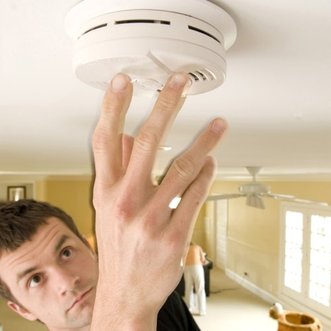
Fire cause
- On average, candles caused 15,800 home fires from 2002 to 2005.
- Cooking-related incidents were the No. 1 cause of 2006 residential fires.
- 3,245 civilians died because of a fire.
- 16,400 civilians were injured because of a fire.
- Fire killed more Americans than all natural disasters combined.
- Direct property loss due to fires was estimated at $11.3 billion, a 15 percent increase from 2004.
- Children and adults age 65 and older are twice as likely to die in a fire as the average adult.
- Tip: Activate your smoke alarm while children are sleeping to determine how they respond to the alarm. Plan a fire escape plan to consider their needs.
- Fire deaths have been cut in half since smoke alarms were introduced in the late 1970s.
- An estimated 95 percent of U.S. homes have at least one smoke alarm.
- Two-thirds of reported residential fire deaths occurred in homes with no smoke alarms or no working smoke alarms.
- Fire deaths in homes with working smoke alarms are 51 percent less than the death rate for homes without this protection.
- An estimated 20 percent of U.S. homes do not have working smoke alarms, primarily because of missing or dead batteries.
- Nuisance activations are the leading cause of disabled smoke alarms. In other words, "nuisance activations" occur when a smoke alarm detects steam from a shower or stove, thus falsely alerting residents of a fire. When this happens, most people take out the batteries, or disable the alarm.
- Tip: If your alarm sounds when it detects steam from a shower or food burning on the stove, consider moving it into an area adjacent to the bathroom or kitchen to prevent nuisance activations.
- Almost 900 lives could be saved each year if all homes had working smoke alarms.
 RSS Feed
RSS Feed
